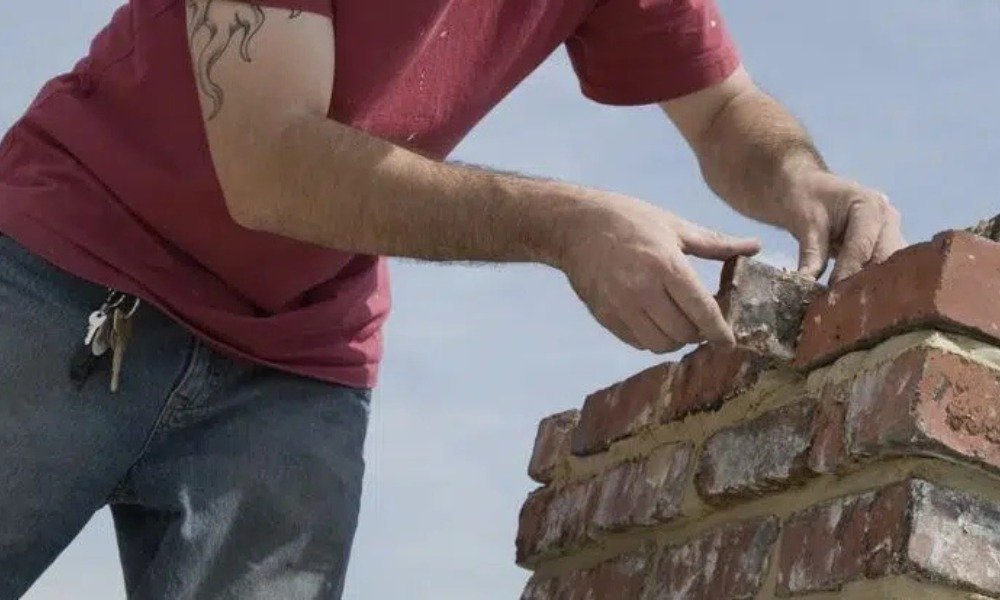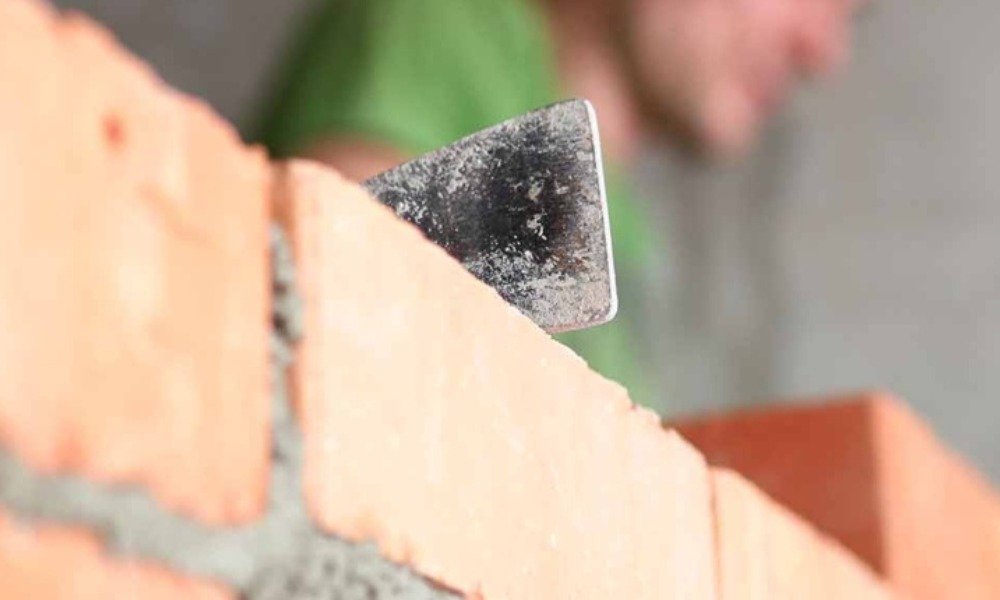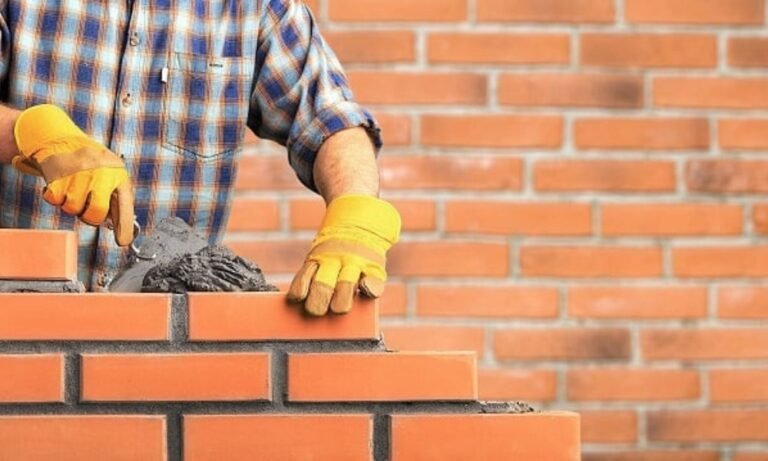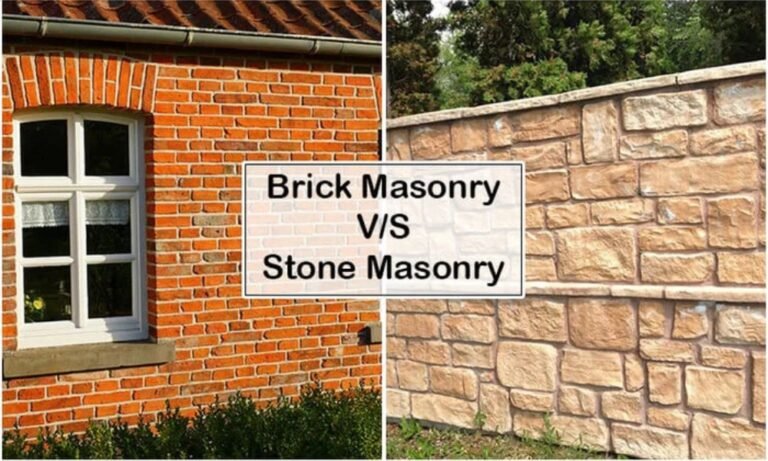Estimated reading time: 5 minutes
If your building could talk, its bricks and stones might have quite the story to tell—perhaps of decades weathering storms or a patio showing its age from heavy foot traffic. Masonry, the craft of building with materials like brick, stone, and mortar, is an essential part of many structures. But even these durable materials need care from time to time, whether through small repairs or complete restoration.
In this guide, I’ll walk you through what you need to know about these essential building services, helping you decide which option is right for your property.
What You’ll Learn
- What masonry is and why it’s important.
- The difference between repair and restoration.
- Signs your property might need professional attention.
- Key benefits of hiring skilled professionals for the job.
1. What Is Masonry, and Why Does It Matter?
Masonry refers to building with materials like bricks, stones, and concrete, typically bound together with mortar. It’s not just about appearances—this method provides strength, durability, and beauty to structures, from homes to commercial buildings.
Your property likely incorporates these materials in various ways: a chimney, a retaining wall, or even decorative stonework. While these features are incredibly resilient, they aren’t immune to wear over time.
2. What Is Masonry Repair?

Repairing brick or stone structures involves addressing specific issues, such as:
- Cracks or Chips: Damage from settling, weather, or accidents.
- Deteriorating Mortar: Weak joints compromise the structure’s stability.
- Water Damage: Staining or mold from trapped moisture.
Repair often includes patching damaged sections, replacing individual bricks or stones, and restoring mortar. By addressing these issues early, you can prevent them from escalating into more serious problems. Learn more about recognizing early signs of damage here.
3. What Is Masonry Restoration?

Restoration is a larger-scale effort to revitalize a structure, typically for older or historical buildings. It’s not just about fixing a crack or two—it’s about preserving or recreating the original look and ensuring structural integrity.
Restoration includes:
- Replacing worn-out materials with those that match the originals.
- Cleaning surfaces to remove years of grime or discoloration.
- Strengthening weakened sections to prevent future damage.
This service is particularly vital for maintaining the charm and value of older buildings.
4. Repair vs. Restoration: What’s the Difference?
While repairs tackle isolated issues, restoration looks at the entire structure, often requiring more extensive work. Think of repairs as quick fixes and restoration as a way to bring a structure back to its original condition.
For example, replacing a few cracked bricks is a repair, but swapping out all the worn materials across a building’s exterior is restoration. Regular upkeep, such as repointing mortar, can reduce the need for larger restoration projects later.
5. When Should You Consider These Services?
Not sure if your building needs attention? Here are a few signs:
- Visible Cracks or Gaps: These could lead to bigger structural problems.
- Moisture Issues: Leaks or damp spots can indicate compromised materials.
- Outdated Appearance: Worn-out bricks and stones can diminish your property’s curb appeal.
Identifying these issues early can save time and money. Regular maintenance, such as waterproofing or sealing, also helps protect against future damage. For advice on caring for your property, check out this guide.
6. Additional Masonry Services
Beyond repairs and restoration, there are other valuable options for maintaining or enhancing your property:
- New Installations: Building patios, retaining walls, and walkways.
- Waterproofing: Protecting surfaces from water damage and extending their lifespan.
- Chimney Repairs: Ensuring safety and functionality for fireplaces.
Curious about pricing? Take a look at this cost breakdown.
7. Why Hire a Professional?
While DIY might work for minor tasks, tackling brick and stone projects without experience can lead to costly mistakes. Here’s why a pro makes all the difference:
- Expertise: Professionals can match materials perfectly and apply the right techniques.
- Safety First: Handling heavy materials and working at heights requires training.
- Longevity: High-quality work ensures that your structure stands the test of time.
Hiring the right contractor is key. If you’re unsure how to choose, this helpful guide can make the process easier.
8. The Benefits of Regular Care
Whether it’s minor repairs or a full restoration, maintaining masonry offers multiple benefits:
- Enhanced Appearance: Freshly repaired or restored surfaces elevate your property’s look.
- Increased Value: Well-maintained structures can boost resale value.
- Durability: Addressing small problems early ensures long-term strength.
Regular care and inspections are investments that pay off over time.
Final Thoughts
Masonry repair and restoration are essential for keeping your property safe, beautiful, and valuable. Repairs address immediate problems, while restoration revives entire structures, especially for older buildings. Knowing what your property needs—and trusting skilled professionals to handle the work—can make all the difference.
If your structure needs attention, don’t wait. Whether it’s a crack in the wall or a full façade overhaul, the right care can ensure your building stands strong for years to come. Your bricks and stones deserve nothing less!



